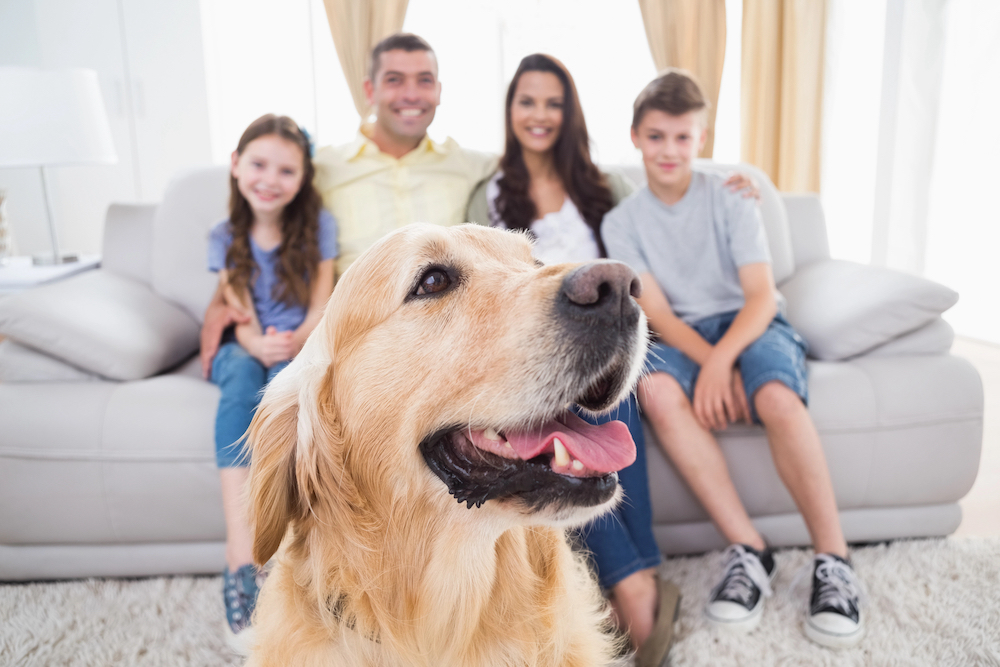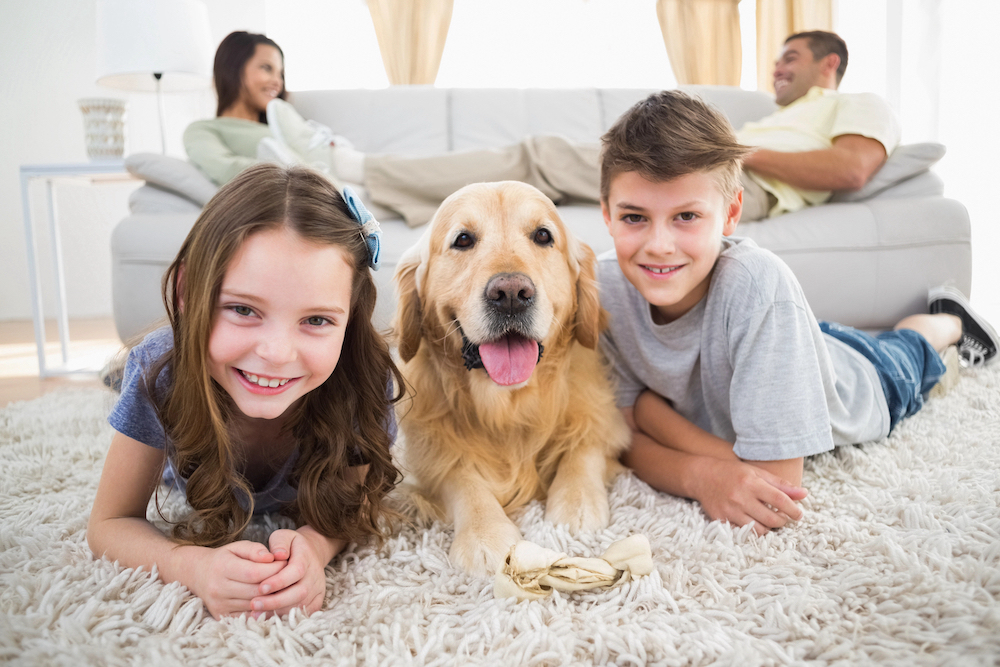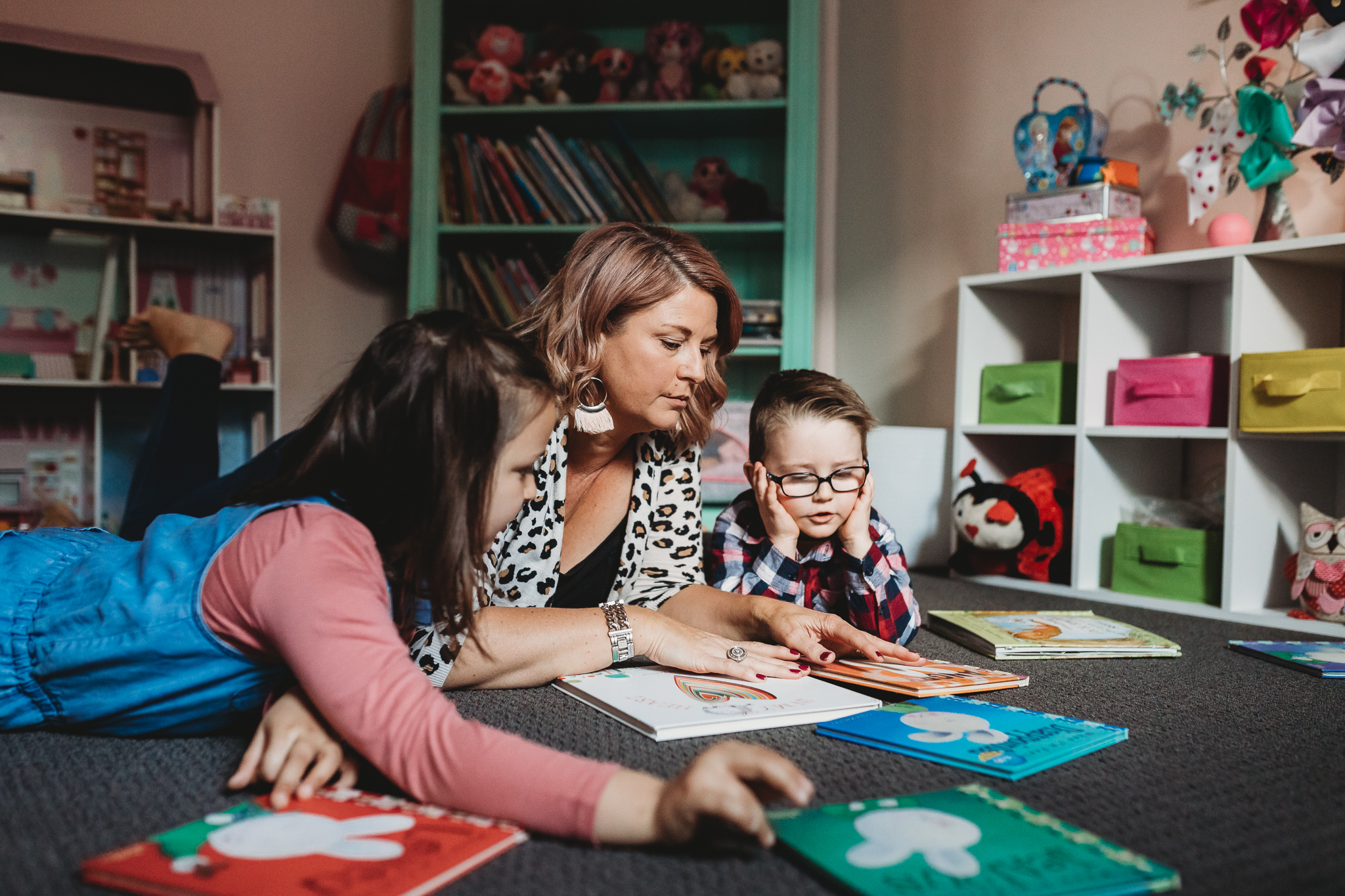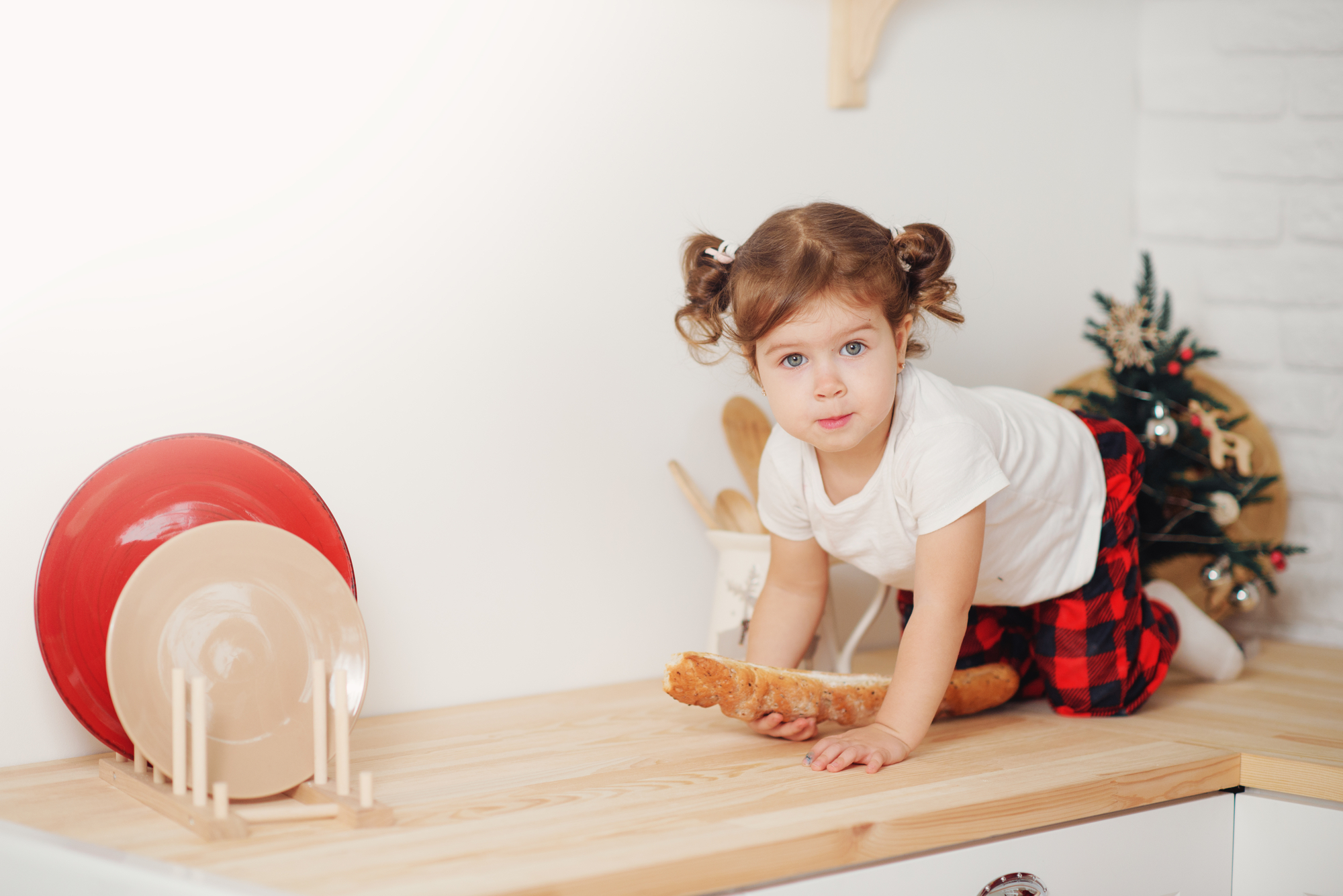Caring for pets comes with its fair share of challenges, but it’s more than possible for you and your family to happily coexist with them.
Whether you have dogs or cats (or something else entirely), it’s the obligation of every pet owner to create a space where these furry animals are safe and welcome.
On top of that, there must also be a balance to ensure that every family member enjoys and feels safe around their home to the fullest extent.
If you need assistance in balancing a good home life for your pets and kids, you’ve come to the right place. In this article, we’ll lay down six helpful tips to help you create a pet-friendly environment for your pets and loved ones.
Let’s jump right into it!
1- Be Selective of Your Furniture and Layout
The first thing you must consider when creating a pet-friendly home is the right furniture and fabric setup.
Your pets will likely roam around and lounge in your living spaces. They may also intentionally or unintentionally scratch and chew the upholstery or materials of these pieces of furniture, which can contribute to its continued wear and tear.
As such, when deciding on what furniture to set up around the house, it’s important to choose furniture that can withstand your dog’s or cat’s antics. This ensures that your home maintains a clean and stylish look even with the presence of these pets.
Some pet-friendly furniture includes furniture made from hardwoods, leather, and anything with a label indicating that it’s pet-safe.
Furthermore, consider opting for furniture that has hair-repelling and easy-to-clean properties.
Microfibre and leather upholstery for carpets and sofas can help make pet hair cleanup a much easier ordeal. If you’re looking for what materials to avoid, steer clear from silk, velvet, and chenille materials as they can easily stain/collect hairs and be difficult to patch once scratched.
2- Vacuum The Floors
Unless you own a reptilian pet or a Sphynx cat, fur and pet hair can collect wherever your pet spends their time. The accumulation of these pet hairs is exacerbated if your pet is particularly furry. This can contribute to a messy home environment or potential allergic reactions in people around the household.
In anticipation of frequent shedding and loose hairs, you should have tools that can maintain your home’s cleanliness—and a high-quality vacuum with a strong suction mechanism can do just the trick.
A vacuum removes hair, dust, and small particles from the flooring, helping keep your pet’s lounging spot and the rest of the home spotless. Frequent vacuuming of about twice a week is the way to go to reduce these allergens from overwhelming your home environment and causing lingering odours to occur.
If you don’t want to constantly operate the vacuum in your house, then you can invest in a robot vacuum to do the task for you. This robot vacuum is powered on its own and can move around and suck pet hair for as long as it remains operational.
That said, be sure that you supervise your pet whenever the vacuum is moving, as they can interact and mess around with it, potentially injuring themselves in the process or causing the product to malfunction.
3- Remove or Keep Hazards Away
Another essential thing you should do is keep household hazards out of reach of your pets and children. This is to ensure not just their safety but the safety of everyone in the household as well.
Pets are sly creatures, and they can get ahold of things that they shouldn’t when we least expect them. For instance, cats can jump onto countertops and high tables and access fragile bottles and liquids, which can create an accident scene.
Dogs may also chew random items, like exposed wires and empty pesticide bottles. This, of course, can expose them to a great amount of danger and can threaten the lives of your pet and little ones.
To tread on the safe side, ensure that all hazardous materials are accounted for and safely kept out of reach of pets and children. For wires, consider organising them with a cable organiser to reduce the chances of your pets messing with them.
For hazardous items like empty acid bottles, used batteries, and sharp objects, consider locking them behind a cabinet or throwing them in a locked recycling bin immediately. Don’t throw them in a general waste bin that your pup can dig through and access.
By keeping these hazardous goods away and securing them, you can prevent your pet from chewing or messing with these objects entirely. This, in turn, can foster a safe environment for you, your pets, and your family.

4- Give Your Pet Some Toys
Pets can get understimulated and bored if you’re away for extended periods.
This can lead them to be depressed and irritated, which they can act out in their immediate environment. To help them pass the time, giving them some toys can help keep them entertained and mentally stimulated.
The right pet toy will depend on your pet’s temperament and breed. Active dog breeds enjoy playing with chew toys, tug ropes, and cowhide for playtime and exercise. Cats, on the other hand, like scratching posts and feather teasers.
For smart pet breeds, puzzle toys can be a great toy to keep them company and mentally stimulate them. In any case, having a catalogue of different toys in rotation can help keep your pet healthy and happy.
And when they’re happy, they’ll be less prone to developing bad habits from their negative moods, such as scratching furniture pieces.
5- Establish a Designated Pet Area
Another way to ensure that your home is pet-friendly is by designating a spot around the house for them to relax. This spot can give your pet a space to feel at home and retreat, which they would appreciate in a busy household with children.
You can fit this pet zone with pet products like a pet bed, a water bowl, and some toys that you can find in pet care retailers like Somerzby. You can also consider putting a crate equipped with blankets and a pillow to ensure that your dog or cat feels secure.
Another thing to consider is putting your pet area near an outdoor pet door. This way, they can hop in and out whenever they feel like it, granting them the freedom to move around at will. That said, be sure to secure the outdoors so that they won’t escape or be threatened by outdoor variables.
In any case, giving your pet a personal space helps ensure that your pet will have a space to relax in. This makes it easy for you to find them around the house and clean up after them when the time comes to do so.
6- Enforce Proper Pet Handling
In households with children and animals, it’s important to ensure that everyone has an awareness of ensuring the well-being of the house pets. The earlier you teach your child on how to be gentle and respectful when handling pets, the better it’ll be for the household dynamic later on.
Teach children specific examples of proper pet handling. For instance, if they want to approach the pet, teach them how to do so calmly without scaring them. Inform them of prohibited behaviour when handling pets, like pulling their tail or petting them when they’re eating.
Furthermore, you should also educate your child on when to stop engaging with the pet, particularly if they’re feeling a negative emotion like growling, hissing, or retreating. Teach them why they should perform these things too.
This way, your children will be able to learn how to treat pets kindly now and in the future, which can strengthen their bond with their animal companions and teach them important values they can carry with them for life.









